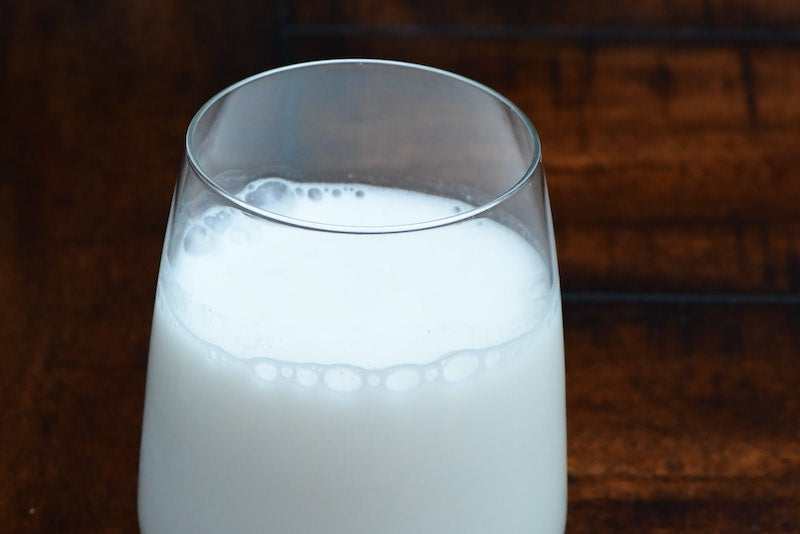Generally, when people look at the nutrition and ingredient information on a tub of whey protein, they're pretty much concerned with once thing: the protein content. And, really, this makes sense. After all, it is a protein supplement.
Knowing this, manufacturers do all they can to up the concentration of that all-important macronutrient in hopes of attracting and keeping customers. There's a pretty significant problem with this approach, though.
Whey is about much more than protein. Or, at least, it should be.
This is especially true of grass fed whey protein which is particularly rich in several powerful nutrients. What's in your grass-fed whey protein? And why should you be concerned about more than just the concentration of protein in your whey?
Making Sacrifices
Before we really delve into the forgotten nutrients in whey, however, it's important to understand the balance involved in the production of these supplements.
When milk is first separated into its liquid and solid portions, the liquid is dehydrated and becomes whey protein concentrate. (The solids either become cheese or casein powder, but that's another topic for another day.)

At this point, the whey is typically about 60 to 75 percent protein – with fats, carbohydrates and micronutrients making up the rest. In order to make their product appear superior, then, manufacturers need to find ways to increase the concentrations of protein in their particular powder.
To do that, all those other nutrients – be they macro or micro – have got to go. This is where whey isolates come from.
So now that we understand that high protein concentrations are achieved by removing fats, carbs and such, we are faced with another question: what are we missing?
The Good Stuff
There really is an impressive array of other nutrients that often get ignored in whey and, as mentioned, these are especially high in grass-fed whey protein.
Like all complete proteins, whey is rich in a unique class of amino acids called Branched Chain Amino Acids or BCAAs. These three amino acids play particularly vital roles in a variety of systems but as especially important in muscle building and recovery.
When it comes to whey, the BCAA leucine is present in impressively high concentrations compared with other foods. Of the three BCAAs, leucine is the most thoroughly studied on its own and appears to be the primary source of the benefits that are normally associated with the full BCAA mixture.
Grass-fed whey also contains high levels of the amino acids cysteine, glycine and glutamate which are key ingredients needed for your body to create glutathione – a powerful antioxidant that appears to control the activity and production of many other antioxidants in your body.
While other protein-rich foods also contain these raw ingredients, grass fed whey is unique in that it also carries glutamylcysteine – a form of bonded cysteine and glutamate that has a powerful influence on glutathione levels.
It's important to note that glutamylcysteine is extremely fragile and is destroyed in excessive processing. While it might seem like a good thing to get rid of the fat in whey, the truth is that many valuable nutrients are bonded to that fat and leave along with it.
These substances, such as phospholipids, phosphatidylserine, immunoglobulins, lactoferrin and alpha lactalbumin, are incredibly important for supporting a healthy immune system and allowing your body to properly metabolize other nutrients.
In the case of grass-fed whey, this is an especially noticeable loss because – compared to that produced by grain-fed cows – this powder is high in healthy omega-3s and conjugated linoleic acid (CLA) fats.






